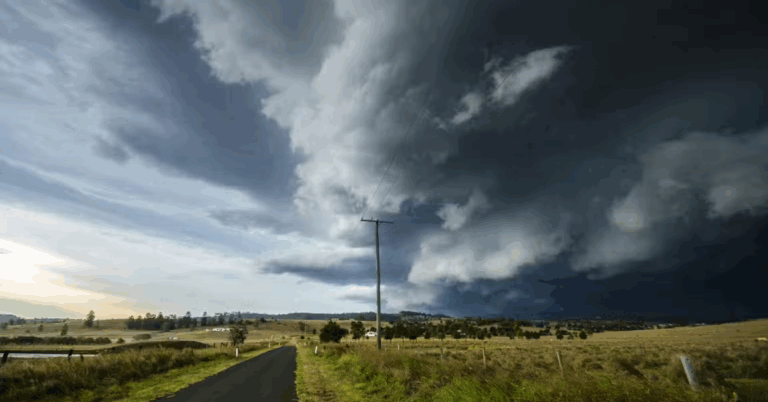
Winter weather can be unpredictable, especially when influenced by global climate patterns like La Niña. As this natural weather phenomenon develops, many regions in the United States, including Oklahoma, may experience significant changes in their winter conditions. The good news for Oklahomans is that the upcoming winter may be milder than usual, thanks to La Niña’s effects.
Understanding how La Niña affects weather can help people prepare better and adjust their expectations for the season. This article explains what La Niña is, how it influences Oklahoma’s winter weather, and what locals might expect this year.
What is La Niña?
La Niña is a climate pattern marked by cooler-than-normal ocean temperatures in the central and eastern Pacific near the equator. It is the opposite phase of El Niño, which features warmer ocean temperatures. These temperature changes affect the atmosphere and can influence weather across the globe. Agencies like the National Oceanic and Atmospheric Administration (NOAA) closely monitor La Niña events and provide forecasts and warnings based on its development.
During La Niña, changes in atmospheric pressure, wind patterns, and rainfall lead to shifts in temperature and precipitation in many areas. This natural cycle can last for several months and typically happens every two to seven years.
How Does La Niña Affect Oklahoma’s Winter?
Oklahoma’s winter weather is influenced by the jet stream, a fast-moving river of air high in the atmosphere. La Niña can cause the jet stream to shift northward, which often leads to warmer and drier conditions in the southern Plains, including Oklahoma. This means fewer cold fronts and less snowfall than in a typical winter.
The Climate Prediction Center (CPC), which is part of NOAA, reports that La Niña winters in Oklahoma sometimes bring below-average chances of cold air outbreaks, making the season more comfortable for residents.
What Can Oklahomans Expect This Winter?
While no forecast is guaranteed, experts predict that the current La Niña phase might lead to a mild winter for Oklahoma this year. The state is likely to see less snowfall and generally warmer temperatures than average. However, isolated cold snaps could still occur, so it is wise to be prepared for occasional chilly days.
This prediction is helpful not only for individuals planning their daily lives but also for farmers, businesses, and local government agencies. A milder winter might reduce heating costs and the risk of winter-related accidents, but it could also affect water supply and agricultural conditions due to less snow and rainfall.
Why Is It Important to Follow Weather Updates?
Even though La Niña brings some predictability, weather can still change quickly. It is important for everyone, especially those in Oklahoma, to stay updated with weather forecasts from reliable sources like the National Weather Service. By doing so, they can stay safe and make the most out of the winter season.
To check the latest weather outlooks and warnings, visit the National Weather Service Oklahoma City website.
Conclusion
La Niña’s presence is a strong indicator that Oklahoma may experience a milder winter with warmer temperatures and less snow. While this sounds positive, it is essential to remain prepared for any unexpected weather changes. Following trusted weather updates and understanding how La Niña works can help residents make informed decisions during the winter months.









